
Battling a cockroach infestation is tough. This resilient pest hides with precision and breeds at a rapid rate.
Sometimes moving to a new location can seem like a relief from this problem. But since roaches hide so well, there is concern about taking them with you. So, can roaches transfer to a new house while moving?
Cockroaches can infest cardboard boxes, stacks of paper, clothing, and even electronic appliances. If steps are not taken to destroy cockroaches and eggs within such items, this can cause an infestation in a new house.
To prevent cockroach hitchhiking, launder all clothing and rethink transporting cardboard and paper.
Similar to bed bugs and termites, it is possible that transporting roaches to your new home can occur. In this guide, we will explore everything you need to know about cockroach hitchhiking. We will also explore methods to prevent transporting this industrious pest to your new house.
Are Cockroaches Hitchhikers?

Roaches are not tried and true hitchhiking insects like bed bugs. Typically, when roaches are transported to a new house from a former infestation site, it is due to being shuffled along in items.
These insects need moisture, our food, or even cardboard and paper to survive. So it is only natural that the bugs will hide in these items to avoid detection.
Once this happens, extensive eradication measures are needed to destroy the infestation. So if you have not done this, there is a strong possibility the roaches will hitchhike to your new house.
You cannot simply up and move to run from a cockroach infestation. If you want to avoid moving with roaches, eradicate the infestation first.
What Items Could Harbor Cockroaches During a Move?
Each species of cockroach that infests human habitats share some common traits. One of these traits is hiding to avoid detection.
This is fairly easy for roaches since the insects are nocturnal and prefer dark, warm, and moist hiding places.
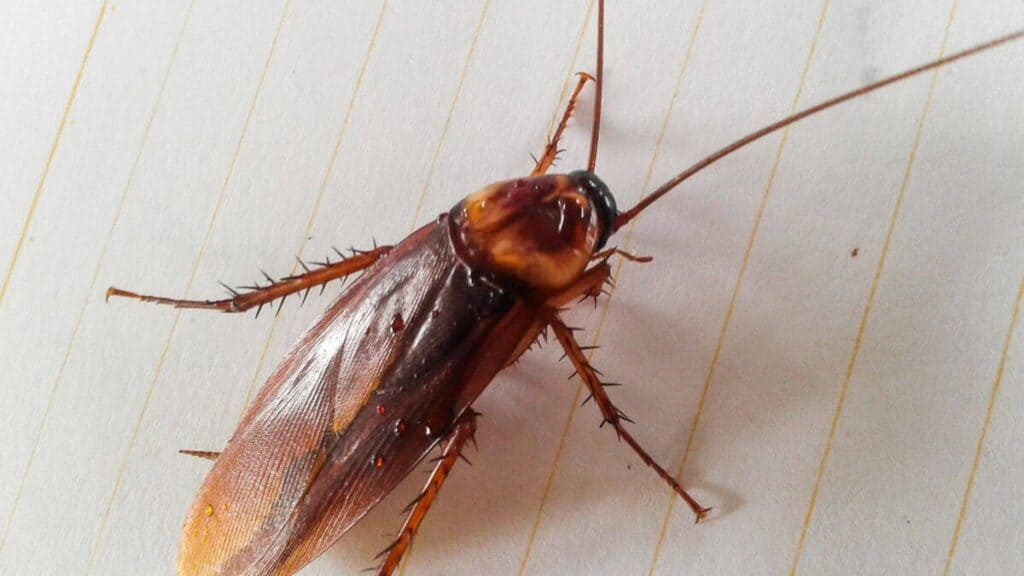
But roaches can also hide in clothing, paper, and even electronic items in medium to large home infestations.
One of the reasons roaches are so hard to get rid of is because insects depend on human beings. We provide food, moisture, and clutter that helps the insects thrive.
This is why moving roaches to your new house is possible since the bugs will hide in the most obscure places.
So when you are preparing to pack for your move, there are many items you need to inspect. Let’s take a closer look at places roaches could be hiding you may not be aware of.
Electronics and Appliances
Roaches like to nest and reproduce underneath ovens and refrigerators. But microwaves, both the interior and underneath, are also preferred roach hiding places.

Routine cleaning of these appliances is likely not enough to spot an infestation. This is why it is so easy to transport roaches to a new house.
Paper, Magazines, Old Books, & Cardboard
In addition to hiding roaches effectively, cardboard and stacks of paper, magazines, and books are also cockroach food sources.
If you are currently battling a roach infestation, it is beneficial to dispose of such items. Alternatively, you could also treat these items with pest strips (more on this below).
Clothing

Believe it or not, roaches can also hide in clothing. This is even more probable for clothing that is stored in drawers and seldom used.
Sheets, blankets, bed spreads, and pillow cases can also harbor roaches. These are items that people typically overlook with this insect, but it is important to inspect all clothing when moving.
Furniture
With larger infestations or infested small apartments, roaches can sometimes hide and reproduce within and underneath furniture. If the furniture is made of wood, this is even more attractive to roaches.
Now that you are aware of roach hiding places, let’s explore how you can prevent moving the insects in your new house.
How To Prevent Roaches From Infesting Your New Home
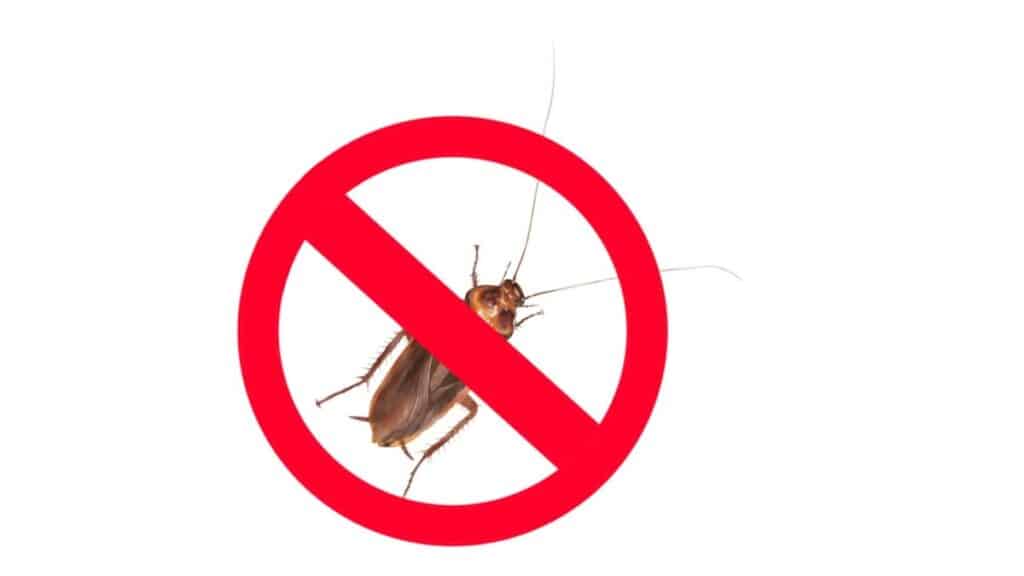
Bringing roaches into your new home is totally preventable. Let’s take an in-depth look at how you can prevent cockroach transport.
Eradicate the Existing Infestation
The best way to ensure roaches cannot move into your new house is to prevent infestations. But this is not always possible, and therefore, completely eradicating the infestation is the best method.
Cockroach eradication involves stopping the reproductive cycle and attacking the insects in their hiding spots.
Using a residual insecticide with an added IGR (insect growth regulator) is the best insecticide method to try. You could also use residual dust and powders such as Boric acid or diatomaceous earth.

Additionally, following the steps listed in the categories below can also eradicate a roach infestation.
Launder All Clothing
It is not common for roaches to nest in clothing. But if an infestation gets out of control, the insects can start to move to other areas of the home.
Clothes that are hanging in closets are generally safe, but for apparel in drawers or linen stored in closets, this could be a harborage site.
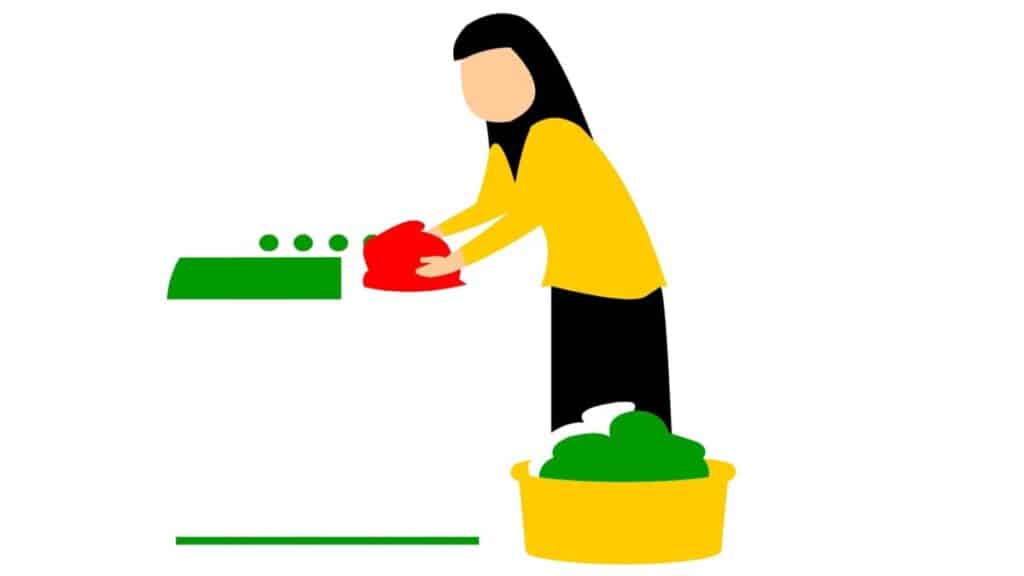
As you prepare to move, washing and drying all clothing and fabrics on high heat will destroy all live roaches and eggs.
You will then want to store the fabrics in sealed, plastic containers to prevent roaches from hiding in the laundered garments.
Dispose of All Packaged and Dried Food and Pet Food
This may seem wasteful, but if you are battling roaches, it is a good idea to throw all packaged and dried food items away. This includes dried pet food that has been opened.
Roaches have an uncanny ability to hide within dried foods, which provides them food (obviously) and shelter.
There is no way to treat food, so just throw it away and buy fresh food for your new house.
Thoroughly Treat All Large Appliances, Electronics, and Furniture
Large appliances such as ovens, washing machines, dryers, and refrigerators are known cockroach nesting items.
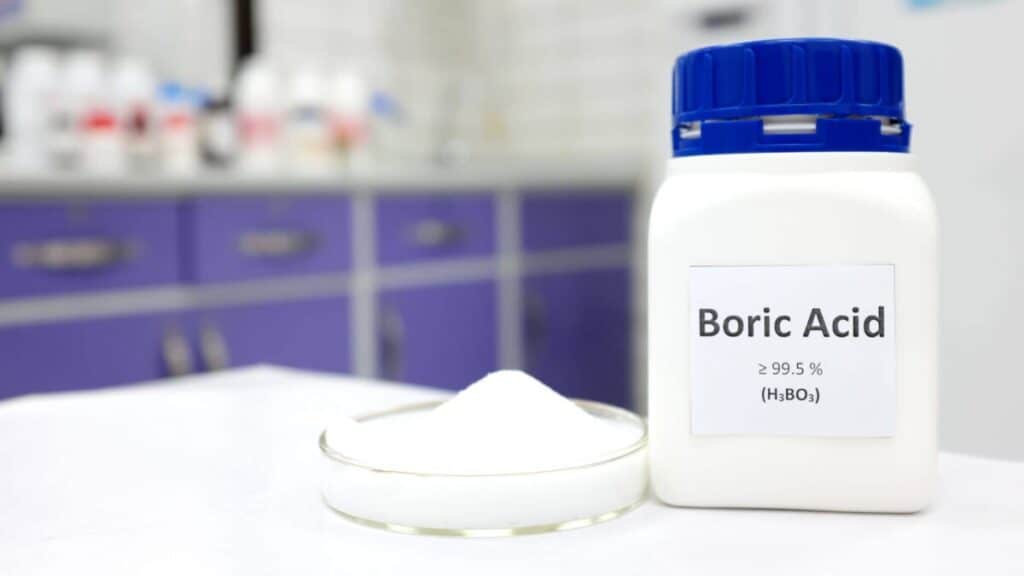
There are numerous nooks and crannies underneath these appliances that allow the insects to hide. Refrigerators and washing machines also provide moisture sources for the insects.
Perhaps the worst appliance for cockroach hiding spots is a microwave. Microwave ovens heat moisture to aid in the convection process, and this is great news for roaches.
To remove roaches from these appliances, sprinkling boric acid underneath the appliances and along the edges will typically do the trick.
This natural chemical will cling to the insects as they walk through it, and kill them in quick duration.
For roaches inside of appliances, such as a microwave, thoroughly cleaning the inside of the unit to remove food sources is the first step.
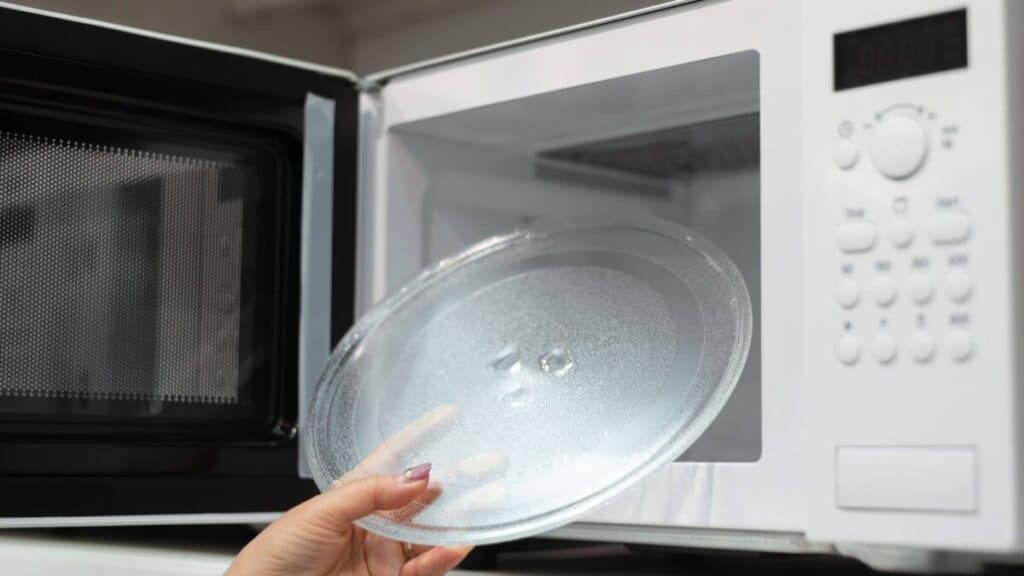
You can then spread boric acid underneath the appliance to stick to the roaches as they leave and search for other food.
Inspect All Items Outside or in the Garage of New House
It’s a tough job, but it goes a long way to comb through every single item in your home. This will allow you to spot roaches or egg casings to prevent taking the insects into your new home.
Roaches typically prefer the items listed above, but you can never be certain where the insects may hide out.
Make sure you do the same for all items in your garage as well. Garages are often not climate-controlled, so the warmth and heat during summer makes for an easy cockroach breeding ground.
Summary
With some hard work and diligence, you can avoid taking roaches to your new house. Make sure you inspect every single thing you are taking with you.
Battling a roach infestation is bad enough the first time, it would be insanity to have to go through it again.
Alright, that’s it for this article, here are a few hand-selected articles that you might also find interesting reads:
I Killed a Cockroach and It Has Red Blood – What Is It?!Cockroach in My Room Can’t Sleep – 7 Actions for Immediate Results
How to Identify a Cockroach (Easy Checklist)
Recent Posts
Tiny Black Bugs in Bathroom NO WINGS: What They Are and What to Do!
Finding tiny black bugs in your bathroom can be uncomfortable, to say the least. Especially if they are persistent, or they appear in very large numbers, which they often like to do. When it...
Tiny Black Bugs in Plant Soil - What Are They & What To Do About It
A short horror story: You get a new houseplant. You do your best to take care of it. You’ve ensured that it has the right soil, the right amount of sun, it gets enough water. And then one day, you...

